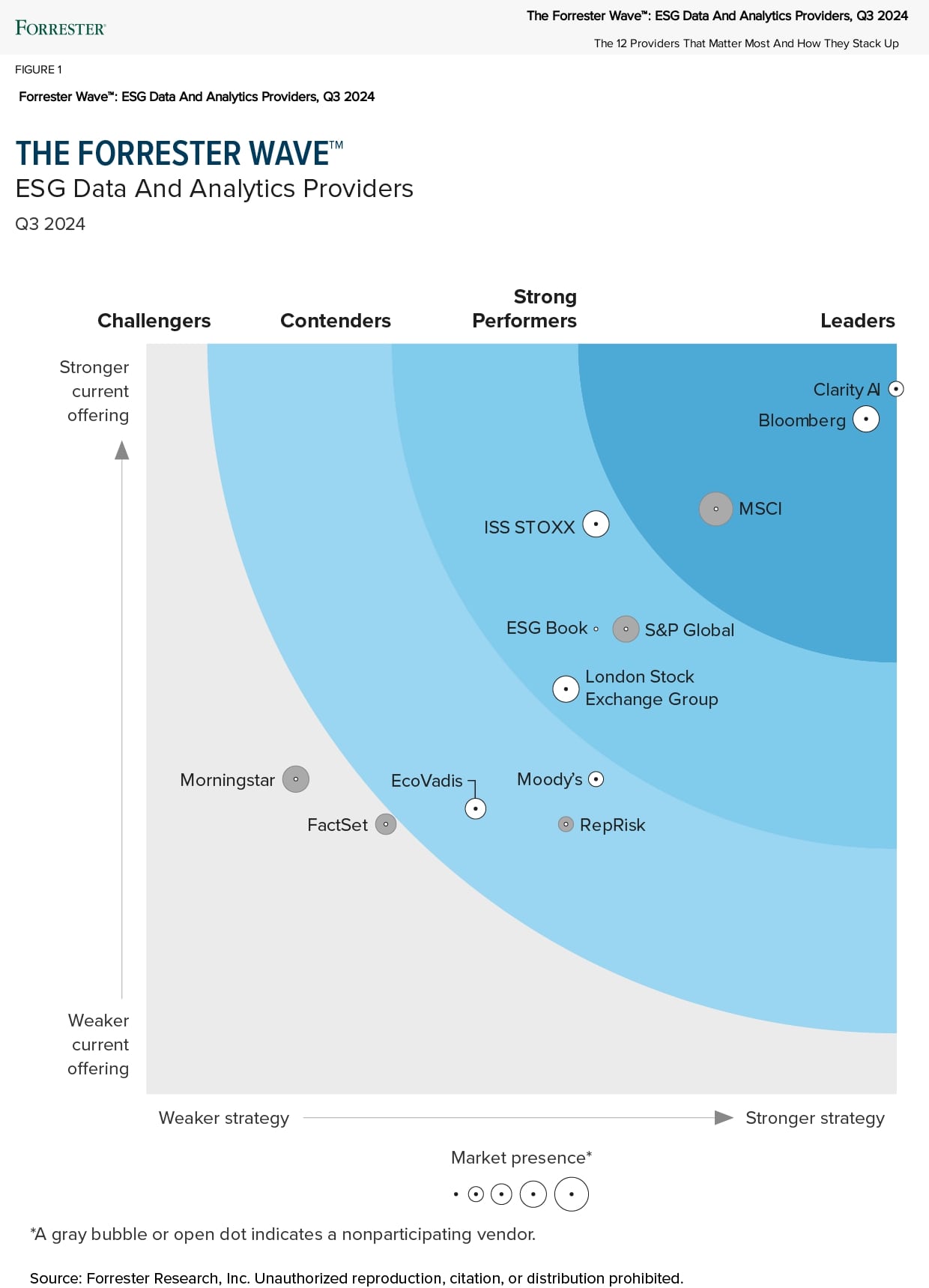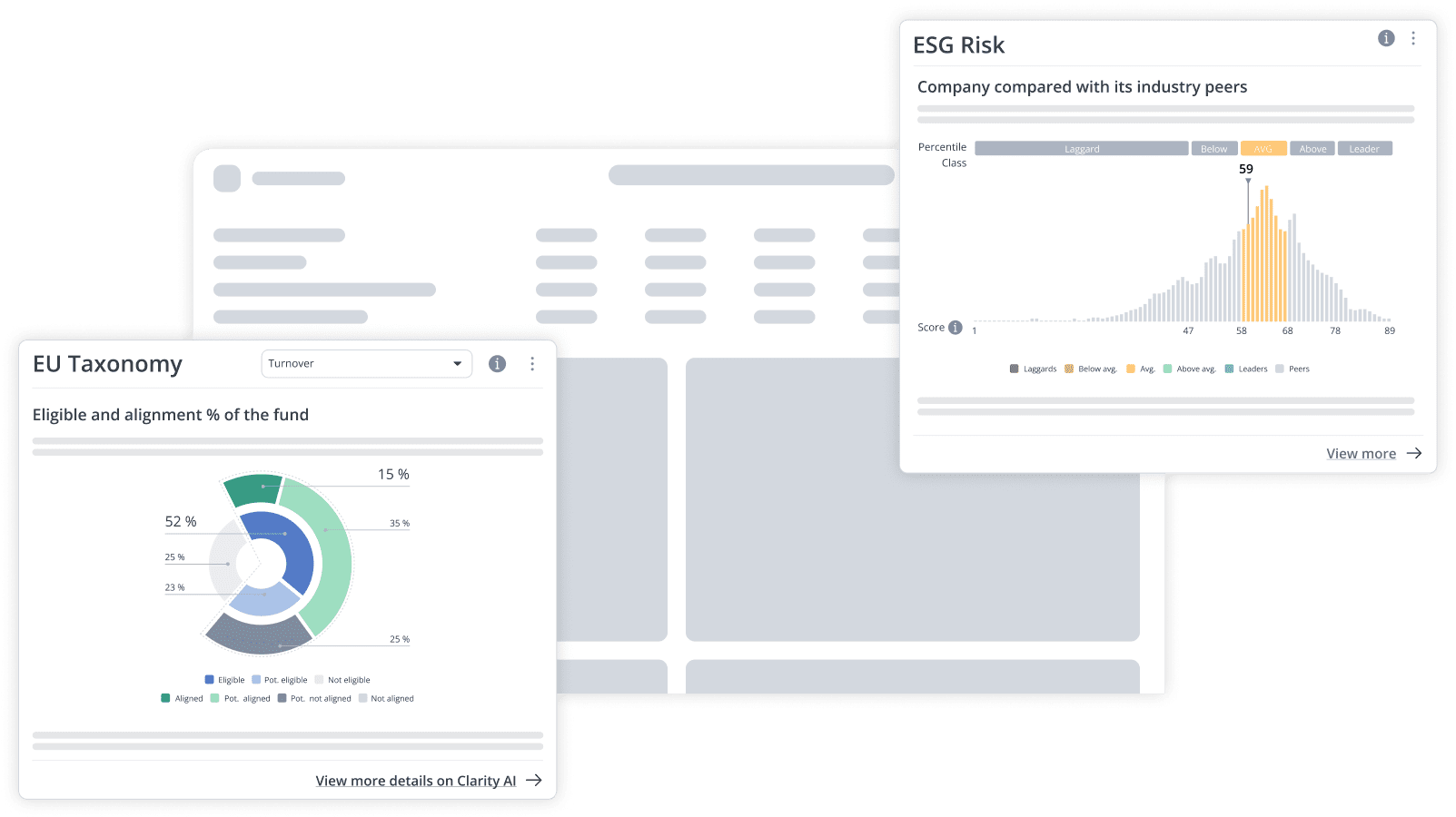Companies that contribute to Sustainable Development Goals (SDGs) are seen by many investors as strategic sustainable investments. However, without knowing the details of how these companies contribute to the goals, it is difficult to make investment decisions. Without understanding the specific revenue alignment to sustainable business activities it would be easy to group companies such as Safaricom (mobile network operator in Kenya) with other mobile network operators, or Neste (oil refinement organization in Finland) with other oil refiners and marketers. Alternatively, by accessing activity-level SDG revenue alignment and misalignment data investors can gain an edge in their investment process and more accurately build thematic investment vehicles.
This level of transparency is not offered by most data providers, leaving investors with a black-box methodology for SDG contribution. These providers aggregate impact data at the company, sector, and portfolio levels, lacking the detailed information to assess specific business activities.
Investors, on the other hand, can gain confidence in their investment decisions with access to the highest level of transparency provided by Clarity AI’s solutions. The granularity offered removes any concerns about overlooking the number of SDGs that Safaricom contributes to or misjudging Neste’s balance between fossil fuel refining and renewable fuel production.
In practice: Implementing a granular analysis in portfolio management
Clarity AI’s SDGs Revenue Alignment solution identifies, quantifies, and maps alignment to SDG-associated issues and activities. By providing SDG transparency at multiple levels and leveraging insights from academic and scientific authorities, Clarity AI creates a sophisticated, yet understandable framework through which users can gain actionable information. By detailing 114 specific business activities that contribute to or harm the SDGs, Clarity AI offers the granularity needed to accurately assess investment contribution. Our approach allows investors to select investments based on specific activities that address discrete societal issues, ensuring they can accurately build thematic investment vehicles that contribute to achieving the SDGs.
As illustrated in the images below, we can see how the activity-level revenue, combined with the locations where products and services are sold, provides a complete understanding of the companies’ impact. The first example is Safaricom, a mobile network operator that provides telecommunications infrastructure and payment transfer services in Kenya, a lower-middle-income country. At a high level, it is hard to understand how exactly this company contributes to the SDGs; however, with access to activity-level revenue, it becomes clear that the company’s alignment stems from revenue attributed to remittances and electronic payment processing which contributes positively to SDG 1 (No Poverty), SDG 8 (Decent Work and Economic Growth), and SDG 9 (Industry, Innovation, and Infrastructure). Safaricom also contributes through the construction and operation of telecommunications infrastructure (informational transmission networks, such as cellular, radio, and satellite communications) which further supports SDG 9.

Another example is the energy industry company Neste. Without considering granular data, it’s hard to determine how exactly the company contributes to or harms the SDGs. With this ambiguity, investors may be unable to determine if the company does more harm than good.
By assessing activity-level revenue, we can see that the company aligns with three different SDG activities. Focusing on SDG 13 (Climate Action), we see that two of them, Distribution of fossil fuels and Refining of petroleum and other fossil fuels, negatively align with the issue Energy production emissions, while the third, Manufacture of renewable fuels, positively aligns to the issue Transport Emissions. These three, in turn, provide the final alignment value for SDG 13. Without the activity level detail, it would be nearly impossible to understand the nuances of this energy industry company that may be transitioning to more renewable activities.

This assessment illustrates how understanding the details is necessary for unlocking investment opportunities and mitigating risks. Access to granular data analysis, full transparency on business activities, and relevant geographic information is paramount for precise thematic alignment and targeted capital allocation. By aligning investment strategies with detailed insights into both local needs and sector-specific impacts, investors can drive meaningful change and contribute significantly to the global achievement not only of the SDGs but also specific thematic issues. This holistic strategy not only fosters sustainable economic growth but also promotes social equity and environmental stewardship, ultimately leading to a more resilient and inclusive world.




